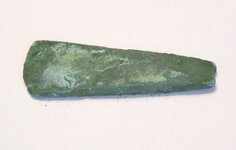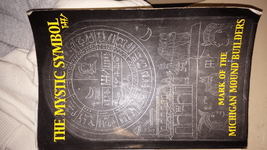Who Where The "Copper Culture" People?
I've heard a little about them but not really much. I see some of this stuff on ebay now. Some from Michigan and a group dug in Wisconsin.
Anyway, I find this interesting.
What do you know about all this?
I've heard a little about them but not really much. I see some of this stuff on ebay now. Some from Michigan and a group dug in Wisconsin.
Anyway, I find this interesting.
What do you know about all this?
Amazon Forum Fav 👍
Upvote
0











